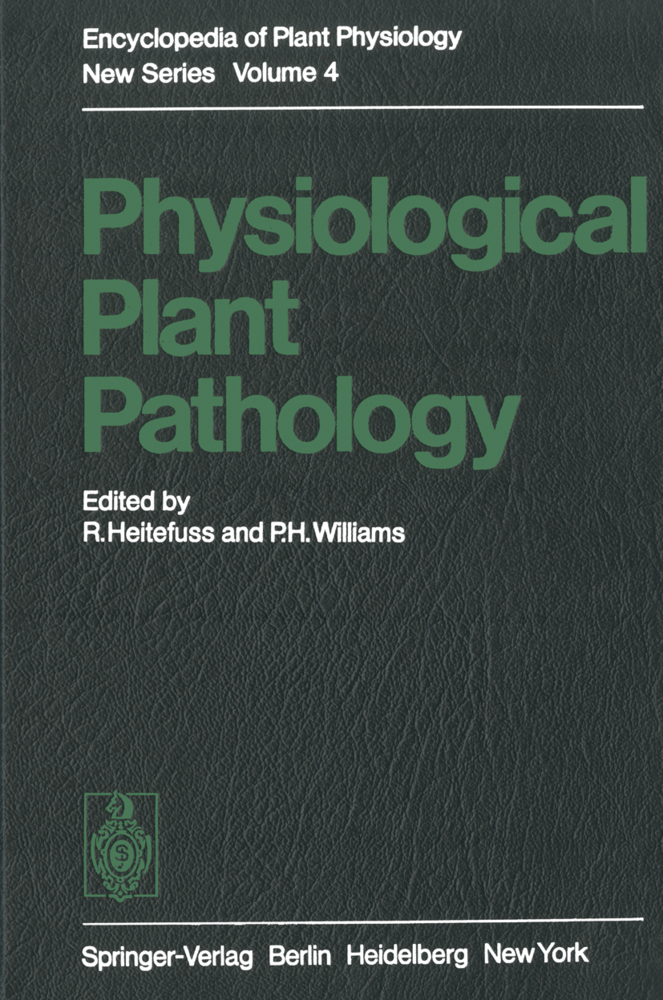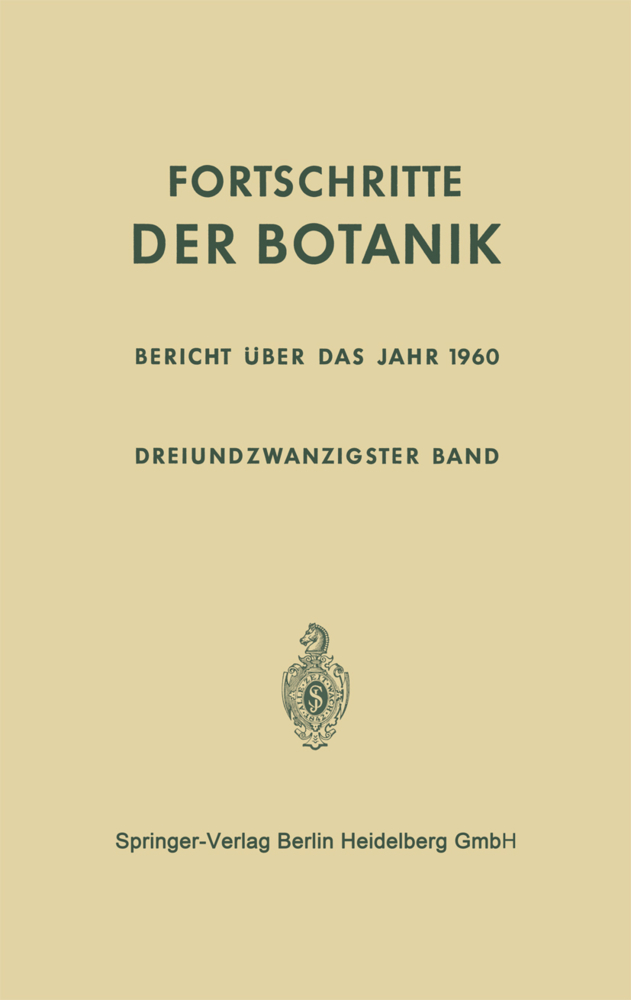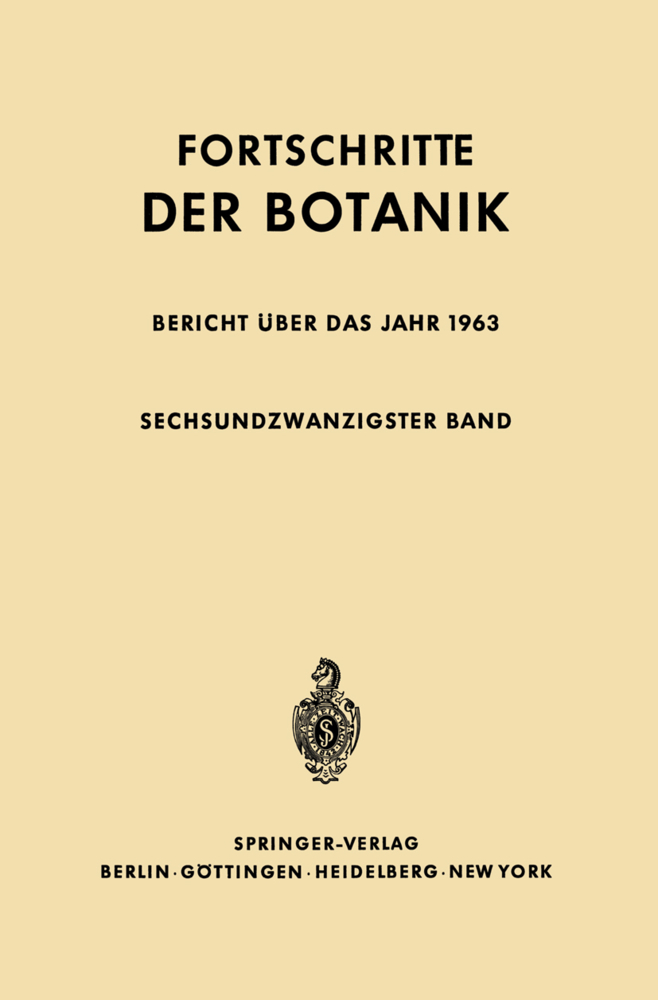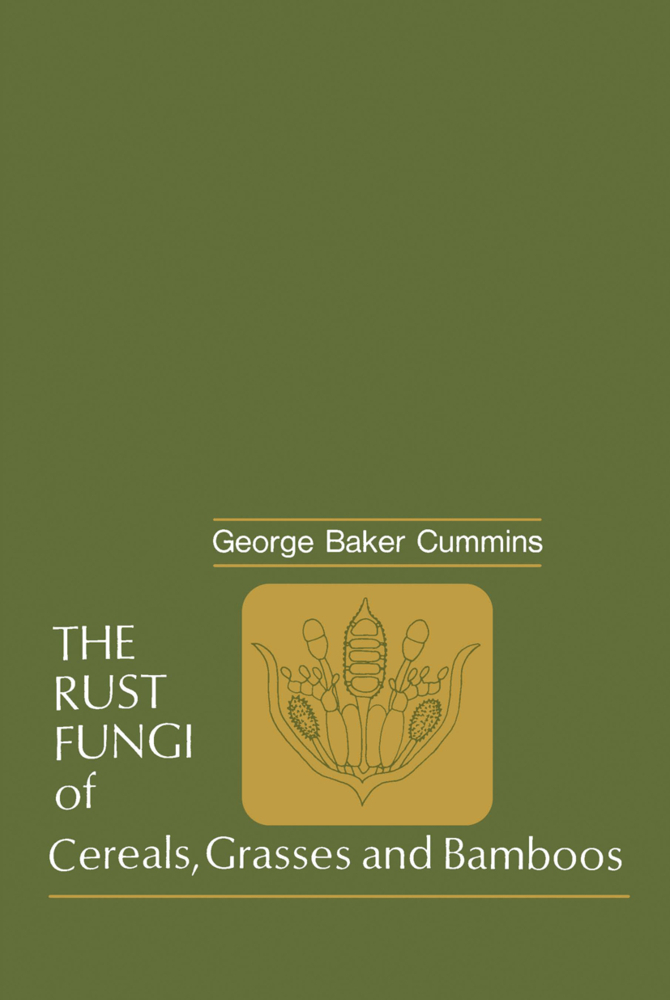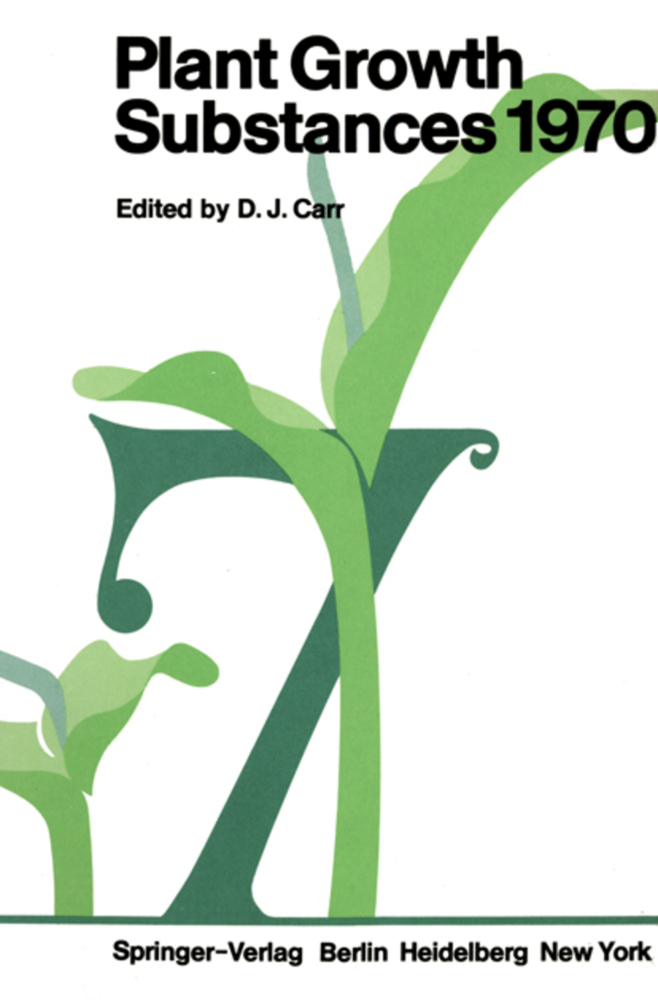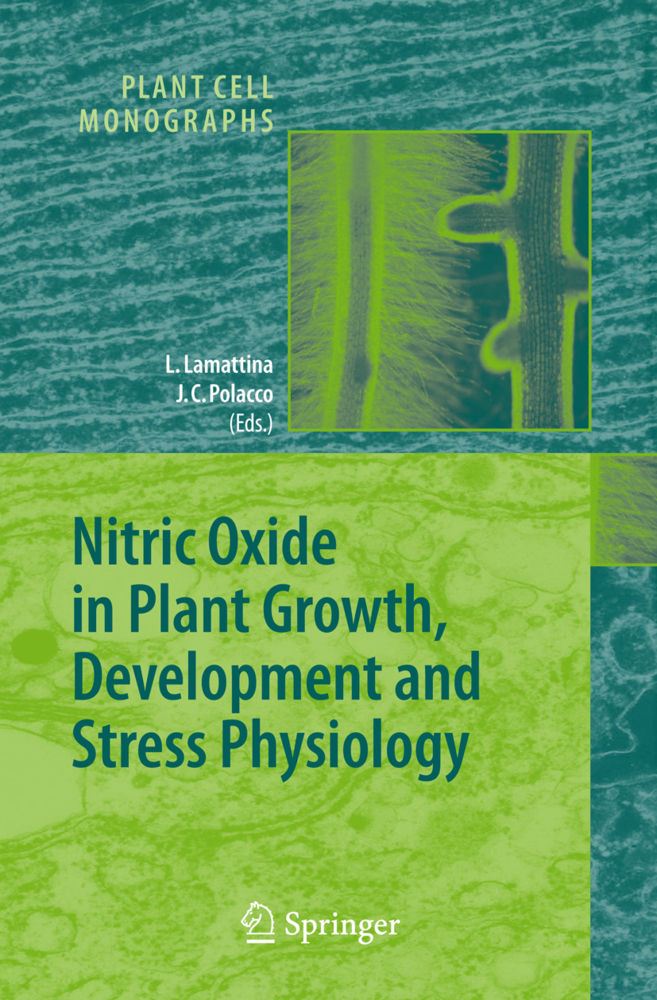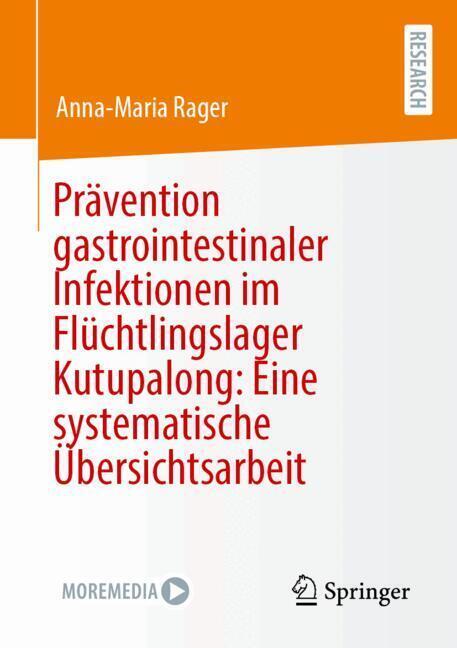Physiological Plant Pathology
Physiological Plant Pathology
Plant pathology embraces all aspects of biological and scientific activity which are concerned with understanding the complex phenomena of diseases in plants. Physiological plant pathology represents those specialities within plant pathology which focus on the physiological and biochemical activities of pathogens and on the response of host plant tissues. Today there is an increasing recognition on the part of the scientific agri cultural community that only through a deeper and more fundamental under standing of all the interacting components of the agricultural biota can we expect to improve our capabilities of feeding an expanding world population. It is in this context that physiological plant pathology has assumed new significance within the broader field of plant pathology. No longer are studies on the biochemistry and physiology of pathogens and pathogenesis merely isolated academic exercises; rather, a substantial coherent body of knowledge is accumulating upon which our understanding of the process of disease developmen t and host resistance is being founded. It is from these foundations of knowledge that ultimately new insights into the control of plant diseases may be expected to grow. It seems appropriate, therefore, that at regular intervals those involved in the various subspecialities encompassing the broadest aspects of physiological plant pathology reassess the contributions within the particular specialities in the light of new knowledge and technologies for the purpose of articulating new and productive directions for the future.
1.2 Some Aspects of Host-Pathogen Interactions
2. Spore Germination and Its Regulation
2.1 Control of Spore Germination and Infection Structure Formation in the Fungi
2.2 Protein and Nucleic Acid Metabolism during Germination
2.3 The Effect of Roots on the Activity of Soil-borne Plant Pathogens
3. Cytology and Physiology of Penetration and Establishment
3.1 Cytology of Virus Infection and Virus Transport
3.2 Plant Mycoplasma Diseases
3.3 Physiological and Cytological Aspects of the Bacterial Infection Process
3.4 Cytology of Penetration and Infection-Fungi
3.5 Nematode Parasites of Plants, Their Ecology and the Process of Infection
4. Forces by Which the Pathogen Attacks the Host Plant
4.1 Host-specific Toxins in Relation to Pathogenesis and Disease Resistance
4.2 Non-specific Toxins
4.3 Degradation of Plant Cell Walls and Membranes by Microbial Enzymes
4.4 Morphogenic Determinants as Exemplified by the Crown-gall Disease
4.5 Sub-cellular Organization in Host-Parasite Interactions
5. Physiology of Host Response to Infection
5.1 Permeability Alterations in Diseased Plants
5.2 Water Status and Imbalance
5.3 The Carbon Balance of Diseased Plants: Changes in Respiration, Photosynthesis and Translocation
5.4 Nucleic Acids in Host-Parasite Interactions
5.5 Protein Metabolism
5.6 Natural Growth Regulators
5.7 Oxidative Enzymes
5. 8 Phytoalexins
5.9 Preformed Substances as Potential Protectants
5.10. Metabolic Regulation in Host-Parasite Interactions
6. Modification of the Host Response-Predisposition
7. Biotrophic Parasites in Culture
7.1 Growth of Biotrophic Parasites in Axenic Culture
7.2 Growth of Biotrophic Parasites in Tissue Culture
8. Geneticsof Host-Parasite Interactions
Author Index
Index of Microorganisms and Nematodes
List of Symbols and Abbreviations.
1. General
1.1 History of Physiological Plant Pathology1.2 Some Aspects of Host-Pathogen Interactions
2. Spore Germination and Its Regulation
2.1 Control of Spore Germination and Infection Structure Formation in the Fungi
2.2 Protein and Nucleic Acid Metabolism during Germination
2.3 The Effect of Roots on the Activity of Soil-borne Plant Pathogens
3. Cytology and Physiology of Penetration and Establishment
3.1 Cytology of Virus Infection and Virus Transport
3.2 Plant Mycoplasma Diseases
3.3 Physiological and Cytological Aspects of the Bacterial Infection Process
3.4 Cytology of Penetration and Infection-Fungi
3.5 Nematode Parasites of Plants, Their Ecology and the Process of Infection
4. Forces by Which the Pathogen Attacks the Host Plant
4.1 Host-specific Toxins in Relation to Pathogenesis and Disease Resistance
4.2 Non-specific Toxins
4.3 Degradation of Plant Cell Walls and Membranes by Microbial Enzymes
4.4 Morphogenic Determinants as Exemplified by the Crown-gall Disease
4.5 Sub-cellular Organization in Host-Parasite Interactions
5. Physiology of Host Response to Infection
5.1 Permeability Alterations in Diseased Plants
5.2 Water Status and Imbalance
5.3 The Carbon Balance of Diseased Plants: Changes in Respiration, Photosynthesis and Translocation
5.4 Nucleic Acids in Host-Parasite Interactions
5.5 Protein Metabolism
5.6 Natural Growth Regulators
5.7 Oxidative Enzymes
5. 8 Phytoalexins
5.9 Preformed Substances as Potential Protectants
5.10. Metabolic Regulation in Host-Parasite Interactions
6. Modification of the Host Response-Predisposition
7. Biotrophic Parasites in Culture
7.1 Growth of Biotrophic Parasites in Axenic Culture
7.2 Growth of Biotrophic Parasites in Tissue Culture
8. Geneticsof Host-Parasite Interactions
Author Index
Index of Microorganisms and Nematodes
List of Symbols and Abbreviations.
Heitefuß, Rudolf
Williams, Paul H.
| ISBN | 978-3-642-66281-2 |
|---|---|
| Artikelnummer | 9783642662812 |
| Medientyp | Buch |
| Auflage | Softcover reprint of the original 1st ed. 1976 |
| Copyrightjahr | 2011 |
| Verlag | Springer, Berlin |
| Umfang | XX, 892 Seiten |
| Abbildungen | XX, 892 p. |
| Sprache | Englisch |

